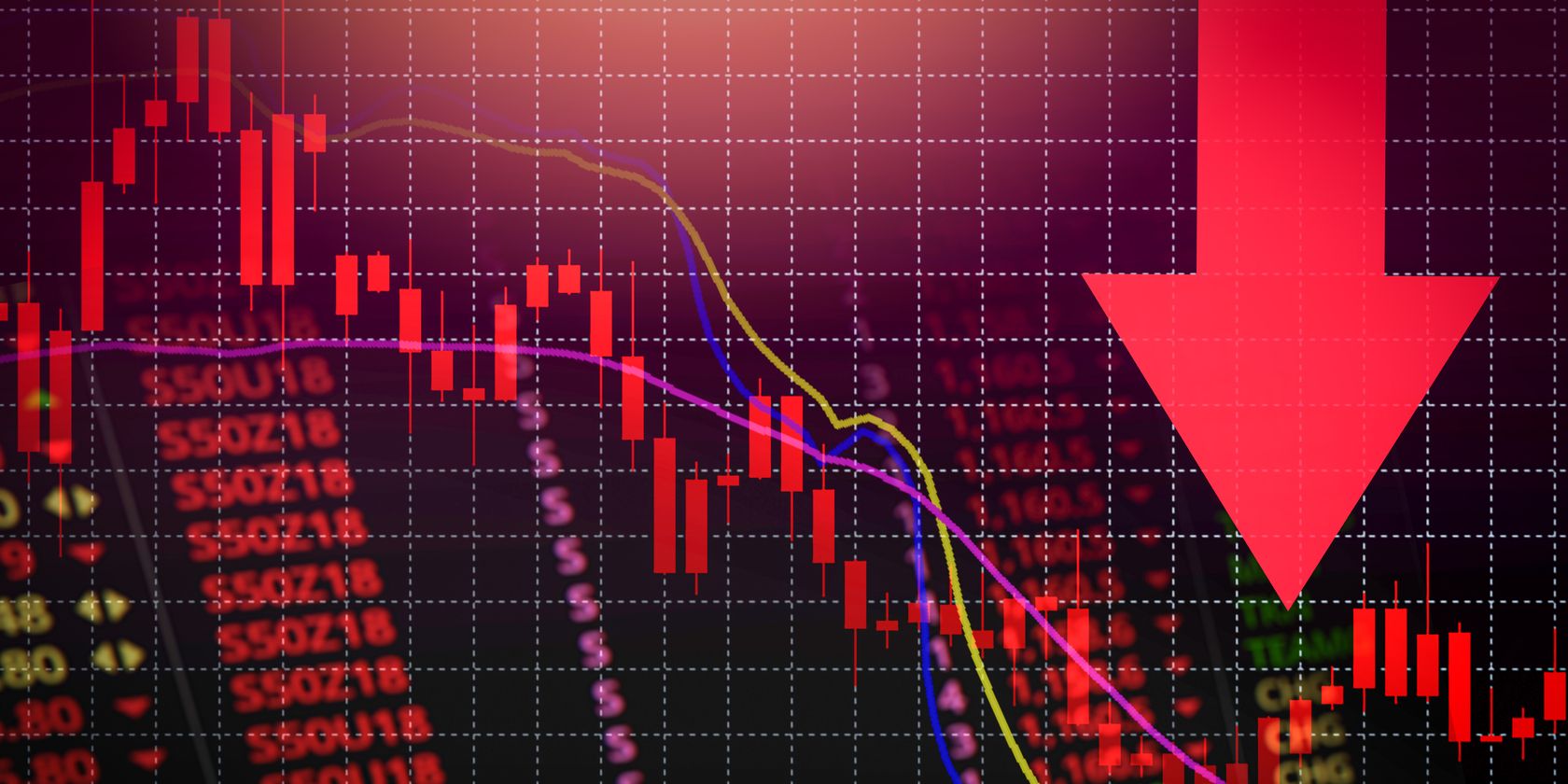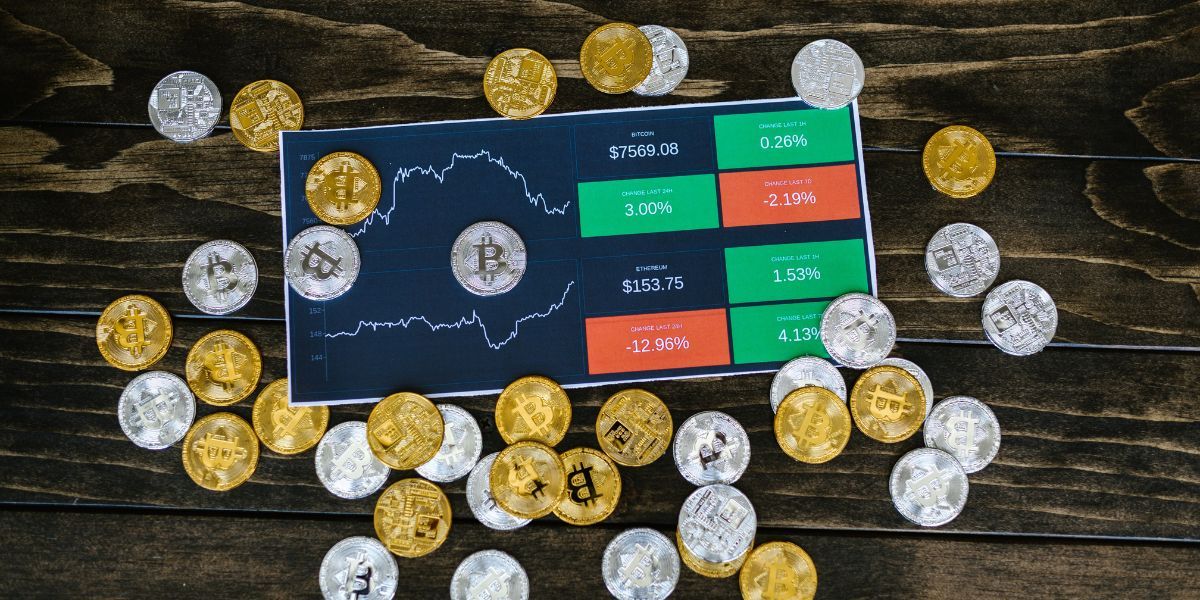What's Going on With Binance and FTX? Will It Crash the Crypto Market?
- Get link
- X
- Other Apps

FTX has been in dire straits since the start of November 2022. After the release of Alameda's balance sheet, Binance, one of the FTT whales, decided to liquidate its FTT holdings. This led to the further decline of the value of FTT, threatening the collapse of Alameda Research and FTX.
Then, in what appeared to be a breakthrough, Binance announced a deal to acquire FTX and fix its liquidity crunch. However, Binance has backed out of its proposed acquisition of FTX after conducting full due diligence (DD). What does this mean for FTX, and does it affect the crypto market?
Why Is FTX Going Bankrupt?
The clash between these popular cryptocurrency exchanges can be traced to FTX's buyout of Binance's shares in July 2021. Binance, one of the early investors in FTX, received about $2 billion as part of its exit from FTX equity. The $2 billion was paid in FTT, FTX's utility token.
Since the buyout, Changpeng Zhao, Binance's CEO, and Sam Bankman-Fried, FTX's CEO, have exchanged barbs on Twitter, disputing various issues. However, the disputes graduated to flat-out conflict on November 6, 2022.
The supposed genesis of this conflict is Coindesk's release of Alameda's balance sheet four days prior. According to the report from the crypto news outlet, Alameda Research, a trading firm also owned by Bankman-Fried, had the bulk of its assets in FTT, issued by FTX.
This information sparked widespread concerns about the health of FTX, leading to massive asset withdrawals. In addition, Zhao announced that Binance would liquidate its $2 billion worth of FTT and proceeded to move $584 million worth of FTT on November 6, 2022. While many crypto participants saw this move as a plot to take out its top competitor, Zhao refuted the idea.
However, Zhao's announcement and Binance's FTT liquidation were bad news for the token. Aware that $2 billion of sell pressure would tank the price of any asset, investors began to panic sell FTT tokens. This led to a further price plunge of FTT.
FTT's price drop was terrible news for Alameda, whose assets were mostly in FTT tokens. As the value of the token depreciates, so does the trading firm. And if Alameda is in trouble, FTX could also be in trouble. This led to more investors withdrawing their funds from FTX to avoid a situation similar to Celsius, Voyager, and Terra's. In the 72 hours before November 8, 2022, FTX saw about $6 billion in net withdrawals.
Not too long after, FTX could no longer process withdrawals.
Did Binance Offer to Buy FTX? Why Did Binance Withdraw?
In a bid to clear the backlog of withdrawals, Bankman-Fried announced that FTX had invited Binance "to come in" in what he termed a "strategic transaction." He affirmed that the partnership would help FTX clear out its liquidity crunches.
A few minutes after Bankman-Fried's tweet, Zhao confirmed FTX's "significant liquidity crunch" and announced that the company had asked for Binance's help. He said Binance had signed a non-binding letter of intent (LOI) to purchase FTX and help resolve its liquidity crunch. The Binance CEO announced that they would complete due diligence (DD) in the following days.
However, the next day, Zhao announced that, after the successful execution of the DD, Binance would not proceed with the proposed FTX acquisition. He claimed that FTX's issues were beyond Binance's control or help.
Before announcing the termination of the proposition, Zhao shared some lessons from the debacle, where he implied that FTX may have accepted FTT tokens as collateral on loans. He also shared a memo sent to the global Binance team, claiming that people will think Binance is the biggest exchange and attack them more.
Zhao's cryptic tweets led many investors and crypto participants to assert that Binance orchestrated the situation to take out FTX—its number one competition—but this is all rumor and hearsay.
How the FTX and Binance Clash Affects the Crypto industry

If the acquisition had gone through, it would have led to the merger of the crypto industry's largest centralized exchanges. As of November 9, 2022, Binance had about $49 billion in 24-hour trading volumes and FTX about $4 billion, approximately one-quarter of the general market's trading volume.
The Zhao and Bankman-Fried/Binance and FTX debacle has rocked the crypto market and shaken the confidence of crypto investors. Due to the events, Bitcoin, the leading cryptocurrency, plunged by over 10% to lows not seen since November 2020. Similarly, SOL, Solana's utility which FTX held a major stake in, tanked by almost 50% on November 9, 2022, representing a 93% downtrend from its 2021 high. The turmoil led to the sharp decline of several cryptocurrencies, and it didn't stop there.
The FTX and Binance debacle likely caused the plunge in the U.S. stock market. Meanwhile, Robinhood, a trading platform, lost over 19% of its stock market value, while Coinbase, another leading exchange, plunged by about 10%.
FTX's collapse will likely erode trust in the crypto industry and empower regulators eager to bring an end to the cryptocurrency space. In the past, FTX helped other firms that had gone bankrupt after misappropriating user funds. After positioning itself in contrast to such firms, falling into the same circumstance will likely cause widespread distrust for crypto exchanges.
Centralized exchanges will potentially be most affected, especially triggering concerns about the market dominance of a few entities as opposed to the foundation on which cryptocurrencies are built.
What Will Happen to FTX Users? Can FTX Users Get Their Crypto Back?
If FTX collapses, its customers will likely be most affected. According to the Federal Deposit Insurance Corporation, FTX isn't covered by the same protections as traditional banks. The disturbances of cryptocurrency exchanges are disturbing for investors, as they are likely to impact their hard-earned money. If your money is entangled in the bankruptcy of your crypto exchange, chances are your crypto assets are in the wind.
During a bankruptcy case, the court determines the portion to be repaid to customers, the repayment time, and the priority order for repayments. Courts typically inform customers when they will be paid and what proportion of their deposit will be returned.

Even though not all crypto projects require their customers to meet know-your-customer (KYC) requirements when registering on their platforms, it is often essential to stay afloat in the case of bankruptcy. By delivering correct information, a customer's interest can be efficiently maintained.
In the event of bankruptcy, the failing crypto company would likely connect with its clients to alert them of the situation and give them the required information or procedures to recover their money. You do not want to be excluded because you did not complete the KYC requirements, as most firms will use their procedure to distribute funds to clients.
Another thing to consider is using self-custodial wallets instead of custodial wallets, as they won't be affected in the event of bankruptcy. With centralized exchanges, you can only use custodial wallets, meaning their assets are held on the platforms. We recommend strongly considering the pros and cons associated with centralized exchanges and considering if the pros outweigh the risk of losing your assets in the case of bankruptcy.
What Does the Future Hold for FTX?
Usually, troubled crypto exchanges contemplate options like fundraising, sales of stakes, and formation of joint ventures, but the final option is opting for bankruptcy. FTX has already reached out to other companies for joint ventures. In contrast to traditional financial institutions, which deal in physical assets such as real estate and fiat, crypto companies have few or no tangible assets to rely on in the case of collapse.
Consequently, it is essential to exercise extreme caution when investing in any crypto platform, especially if you have long-term goals.
- Get link
- X
- Other Apps
Comments
Post a Comment